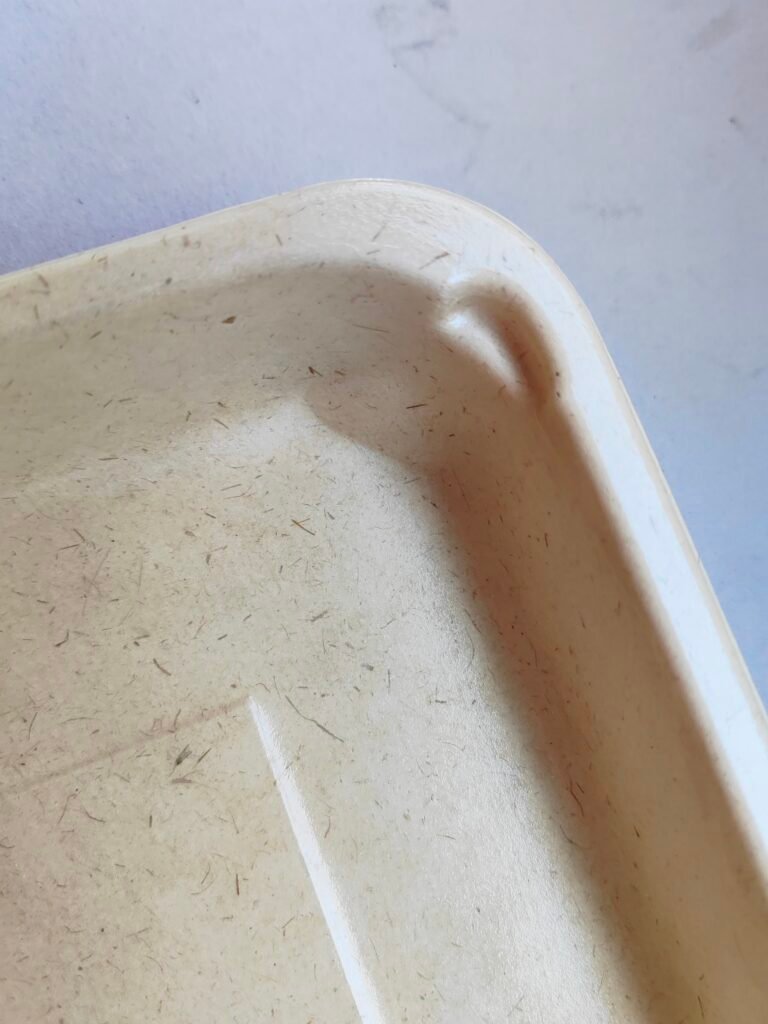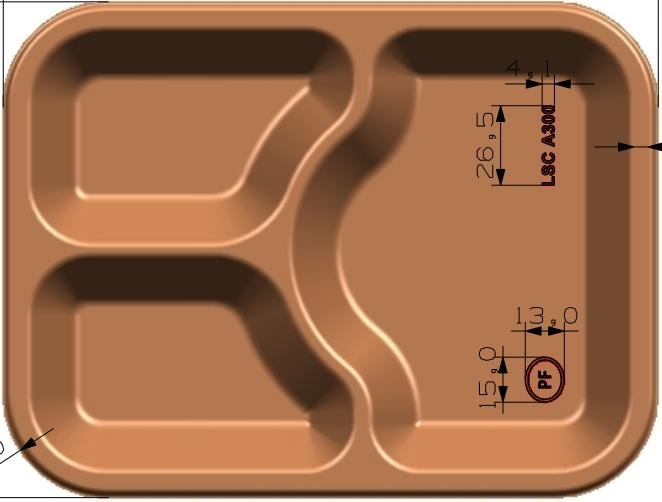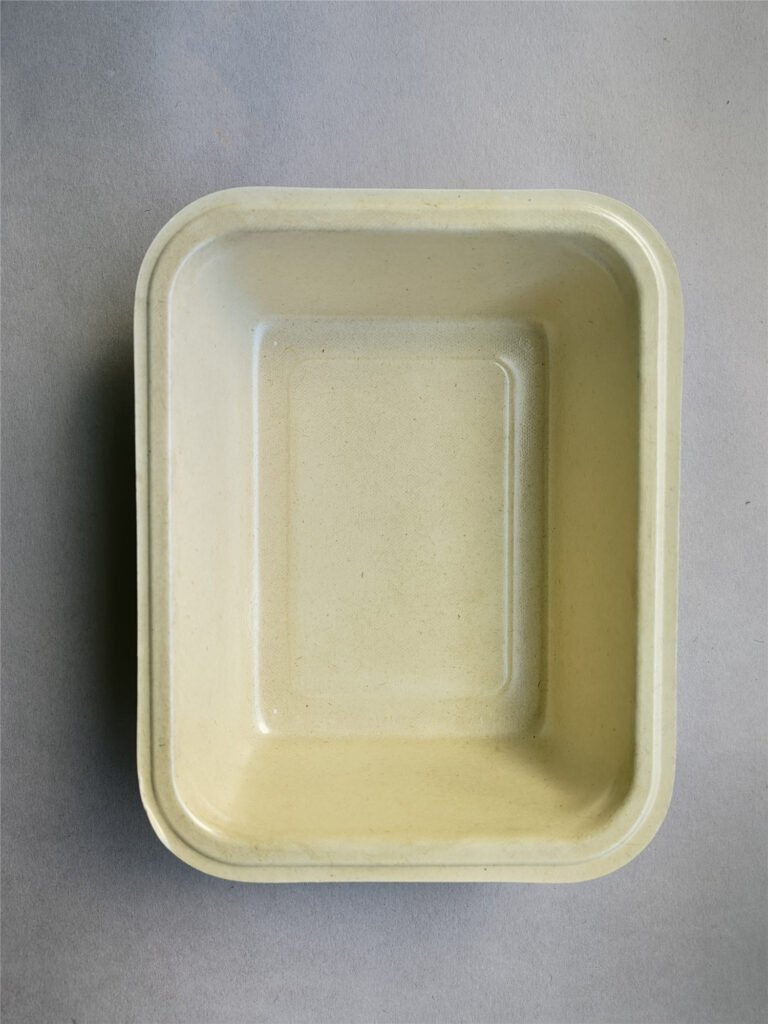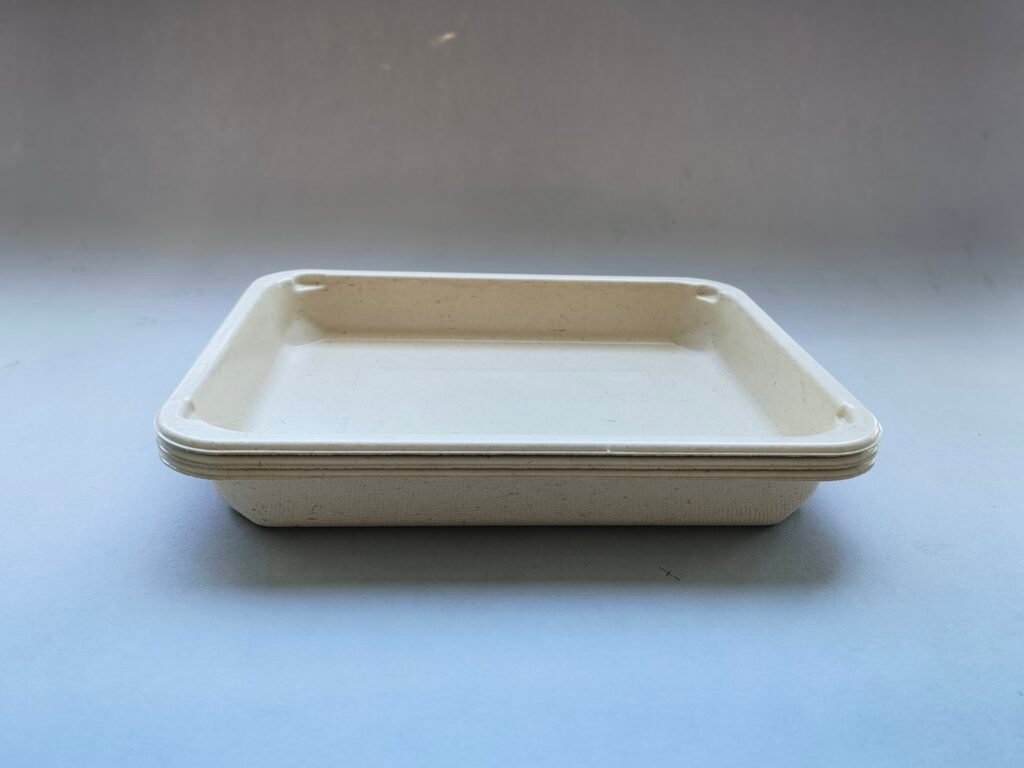Are you facing challenges in maintaining the durability and functionality of your pulp tray packaging? Many businesses, especially in the food packaging industry, struggle to find solutions that are both sustainable and effective. Without the right protection, pulp trays may not offer the required moisture resistance or strength, leading to product damage. As the CEO of HMZ Technology, I believe laminated films provide the ideal solution to this common issue.
Laminated films are essential for pulp trays because they enhance moisture resistance, improve structural integrity, and extend the shelf life of food products. These films allow businesses to maintain sustainability while ensuring product performance. Choosing the right laminated film is crucial for businesses focused on eco-friendly packaging solutions.
Why should you consider laminated films for pulp trays? Pulp trays made from natural materials such as bagasse are inherently biodegradable and compostable, making them an excellent option for sustainable food packaging. However, without proper protection, these trays may not provide sufficient resistance to moisture, grease, or heat. Laminated films act as a protective barrier, making pulp trays more versatile and practical for various food packaging applications.

What Types of Laminated Films Are Available for Pulp Tray Packaging?
Several types of laminated films can be used for pulp tray packaging, each offering different benefits depending on the specific needs of your business. Here are some of the most popular options:
- PLA (Polylactic Acid) Film: PLA is a compostable and biodegradable film made from renewable resources like corn starch. This film is ideal for businesses that prioritize sustainability and want to maintain a low environmental impact. PLA film provides an eco-friendly barrier for moisture and oil, making it perfect for food-related applications.
- PE (Polyethylene) Film: Polyethylene is known for its excellent moisture resistance. PE film is often used in food packaging to ensure that the product remains fresh and uncontaminated. Though not compostable, it is recyclable, making it a viable option for businesses focusing on sustainable recycling solutions.
- EVOH (Ethylene Vinyl Alcohol) Film: EVOH offers superior oxygen barrier properties, helping to extend the shelf life of perishable products. This film is ideal for pulp trays used in packaging fresh or ready-to-eat meals. EVOH can be combined with other materials like PE or PLA to create an optimal packaging solution.
- CPET (Crystallized Polyethylene Terephthalate) Film: CPET is a heat-resistant film used in trays that require both freezer and oven compatibility. This film can withstand extreme temperatures, making it ideal for products that need to go from cold storage to hot environments without compromising quality.

Why Are Laminated Films Important for Sustainability?
One of the main challenges in sustainable packaging is balancing environmental responsibility with product functionality. Laminated films help bridge this gap by offering a protective layer that enhances the performance of natural pulp trays without sacrificing sustainability. When you use biodegradable or recyclable laminated films, you’re enhancing the durability of the tray while maintaining its eco-friendly properties.
At HMZ Technology, we prioritize providing eco-friendly solutions for our clients, just like Markus Shenng, who values both quality and sustainability. We offer a range of laminated films that not only protect the integrity of pulp trays but also align with global sustainability standards. This balance is essential for businesses looking to minimize their carbon footprint while still delivering high-quality packaging solutions.
What Are the Key Benefits of Laminated Films for Pulp Trays?
Laminated films offer several benefits that make them an essential part of any sustainable food packaging strategy:
- Moisture and Grease Resistance: Pulp trays by themselves are prone to absorbing moisture, which can lead to weakness or disintegration. Adding a laminated film significantly improves the tray’s resistance to liquids, oils, and fats, ensuring that the food remains fresh and that the tray holds its structure.
- Extended Shelf Life: Certain films, like EVOH, provide an oxygen barrier, which is crucial for extending the shelf life of perishable food products. This helps reduce food waste, an important factor in sustainable packaging.
- Customization and Branding: Laminated films also offer opportunities for customization, allowing businesses to print their logo, product information, or designs directly on the packaging. This helps companies like ours stand out on the shelf while providing an added layer of protection to the product.
- Heat Resistance: Films like CPET allow for greater versatility in food applications. Whether your products need to be microwaved or frozen, heat-resistant laminated films ensure the packaging can handle extreme conditions without compromising quality.

What Role Do Laminated Films Play in Food Safety?
Food safety is a top priority for businesses in the packaging industry, and laminated films play a crucial role in ensuring that the food stays uncontaminated. Laminated films create a hygienic barrier between the food and the outside environment, reducing the risk of contamination and ensuring the product remains safe for consumption.
At HMZ Technology, we work closely with our clients to ensure that the films we provide meet stringent food safety standards. Whether it’s ensuring that our films are food-grade or offering compostable options that meet international regulations, we prioritize the health and safety of consumers.
How Do Laminated Films Enhance the Durability of Pulp Trays?
Durability is another key factor in packaging, especially for businesses that deal with bulk orders and long-distance shipping. Pulp trays without laminated films may struggle to maintain their shape and integrity, particularly when exposed to moisture or heavy items. Laminated films add an extra layer of strength, helping the trays maintain their form during transport and storage.
For example, laminated trays are often used in the takeaway and fast-food industry, where durability is essential to prevent spillage or damage to the food. By adding a laminated film, businesses can ensure that their packaging performs reliably, even under challenging conditions.

What Should You Consider When Choosing Laminated Films?
When selecting laminated films for your pulp tray packaging, it’s important to consider the following factors:
- Environmental Goals: If your business prioritizes sustainability, opting for biodegradable or compostable films like PLA is a must. These films break down naturally and align with eco-conscious consumer expectations.
- Product Requirements: Depending on the type of food you are packaging, you may need a film with specific properties, such as heat resistance, moisture barriers, or oxygen barriers. Understanding the specific needs of your product helps guide you to the most suitable film.
- Cost Considerations: While laminated films can enhance the functionality of pulp trays, they also come with varying costs. It’s important to find a balance between functionality, sustainability, and budget to ensure the best return on investment for your packaging.
Conclusion
Laminated films are essential for enhancing the performance, durability, and sustainability of pulp tray packaging. From moisture resistance to extended shelf life, these films offer multiple benefits for businesses in the food packaging industry. At HMZ Technology, we are committed to providing high-quality, eco-friendly packaging solutions tailored to your specific needs.
Contact us today to discuss how our laminated film options can help you create a more sustainable and functional packaging solution for your business. Together, we can ensure that your products meet both your sustainability goals and your performance requirements.

